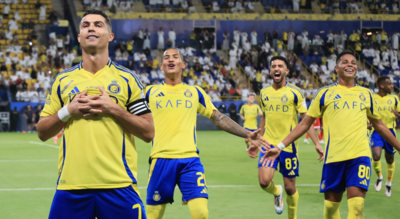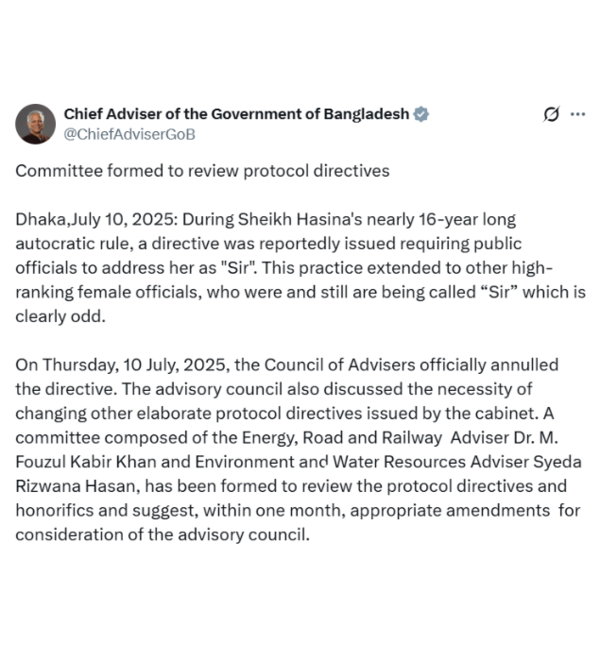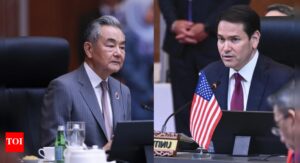From Al Hilal to Al Nassr: The top 10 football clubs in the Gulf you should know in 2025 | World News
The Gulf’s football scene is heating up, driven by investment, continental ambitions, and growing local passion. These ten clubs lead the charge:
1. Al‑Hilal (Saudi Arabia)

Saudi’s elite club/Image: Wikipedia
Elite status:
- Record 19
Saudi Pro League titles and 11 King’s Cups. - Most successful club in Asian history with 4 AFC Champions League trophies (1991, 2000, 2019, 2021)
- Recently knocked Barcelona off its pedestal by beating Manchester City at the Club World Cup, showcasing the Saudi
Pro League ‘s rise.
Impact:Backed by Saudi’s Public Investment Fund, they’re blending legacy with world-class stars like João Cancelo, Kalidou Koulibaly, Yassine Bounou, and Rúben Neves. This strategy has transformed them into a global brand and continental benchmark.
2. Al‑Ahli (Saudi Arabia)
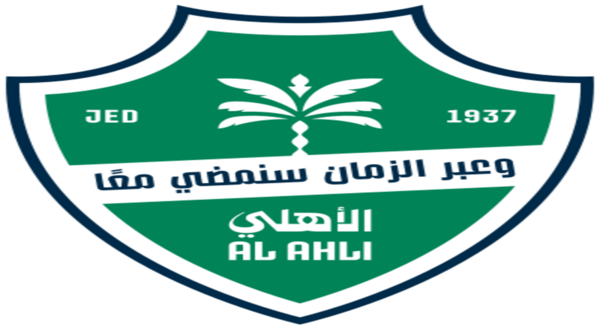
Recent AFC title/Image: Wikipedia
Revival story:After being relegated in 2022, they swung back with the 2025 AFC Champions League Elite title, overcoming Japan’s Kawasaki Frontale.Key factor:Strong investment post-2023, landing stars like Riyad Mahrez, Roberto Firmino, and Ivan Toney; their journey “completes a crazy journey”, says coach Matthias Jaissle.
3. Al‑Ittihad (Saudi Arabia)

Jeddah’s champion club/Image: Wikipedia
Champion pedigree:
- Two-time AFC Champions League winners (2004, 2005)
- Nine Saudi Pro League titles; current title contenders
Momentum:Garden of strong local support and renewed ambition—set to be a major rival in continental competitions.
4. Al‑Nassr (Saudi Arabia)

Star-studded club/Image: Wikipedia
Global draw:
- Nine league titles, Arab Club Champions Cup winners
- Injected star power with Cristiano Ronaldo and Sadio Mané, and clinched their place in the 2025 ACL Elite quarter-finals
Regional role:They’re a high-profile brand attracting global sponsors, but performance expectations remain high.
5. Al‑Ain (UAE)
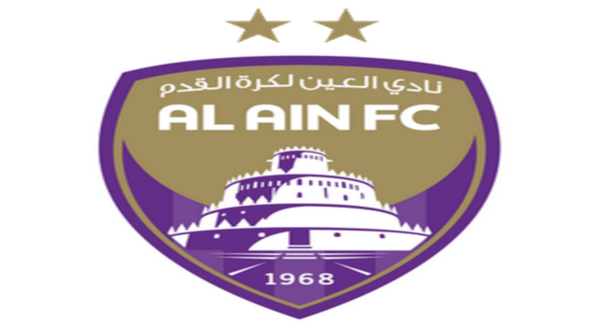
Famous for ending unbeaten streaks/Image: Wikipedia
Domestic power:
- 14 UAE Pro League titles and two ACL trophies (2003, 2024)
- Famous for eliminating Ronaldo’s Al‑Nassr in the 2024 ACL quarter-finals ending Al‑Hilal’s 34-match unbeaten streak
Legacy:Well-structured academy, disciplined management, and consistent performance have cemented their influence.
6. Shabab Al‑Ahli (UAE)

Dubai’s powerhouse club/Image: Wikipedia
Dubai’s powerhouse:Nine Pro League titles, multiple domestic cups, and an IFFHS ranking among Asia’s top clubsInfluence:Strong grassroots development, youth systems, and a fan-centric model maintain their elite status.
7. Al‑Wasl (UAE)
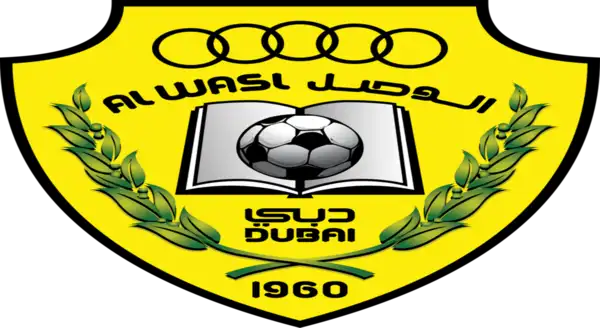
Dubai’s Club of the Century/Image: Wikipedia
Cultural icon:Seven Pro League titles and a revered legacy since the 1960sLocal impact:“Club of the Century” in Dubai, nurtures homegrown talent and inspires local support and identity.
8. Al‑Nasr SC (UAE)

One of the UAE’s oldest clubs/Image: Wikipedia
Foundational strength:One of the UAE’s oldest clubs, founded in 1945, with multiple league successesRole:Maintains firm grassroots presence, develops local talent, and contributes heavily to Dubai’s football narrative.
9. Al‑Sadd (Qatar)

Qatar’s continental club/Image: Wikipedia
Continental star:
- Qatar Stars League leader with 64 domestic trophies
- Twice Asian champions (1989, 2011)
Significance:Boosted by post‑World Cup infrastructure and deepened regional appeal, Al‑Sadd remains Qatar’s dominant force.
10. Al‑Rayyan (Qatar)
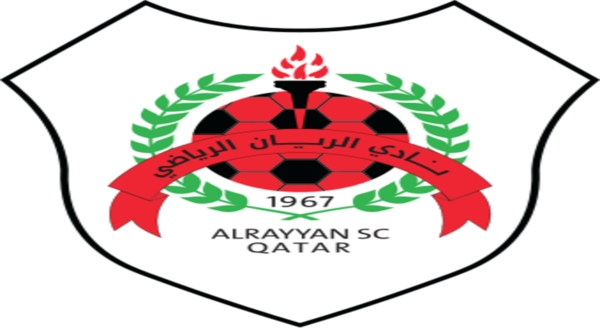
Known for consistent performance and legacy/Image: Wikipedia
Traditional heavyweights:
- Eight league titles, six Emir Cup wins, and home of Ahmad bin Ali Stadium
Presence: Deep local roots, fan-based momentum, and consistent top-tier performance define their legacy.
Why These Clubs Matter in the Gulf Today
- Continental dominance: Saudi clubs lead with multiple ACL medals and Club World Cup breakthroughs
- Financial firepower: Backed by PIF and big names, Gulf leagues now attract stars away from Europe
- Cultural engines: UAE clubs to Qatar’s post‑World Cup momentum, football is shaping national identity
- Tourism & youth impact: Clubs are key to sports tourism and building youth engagement across the Gulf
